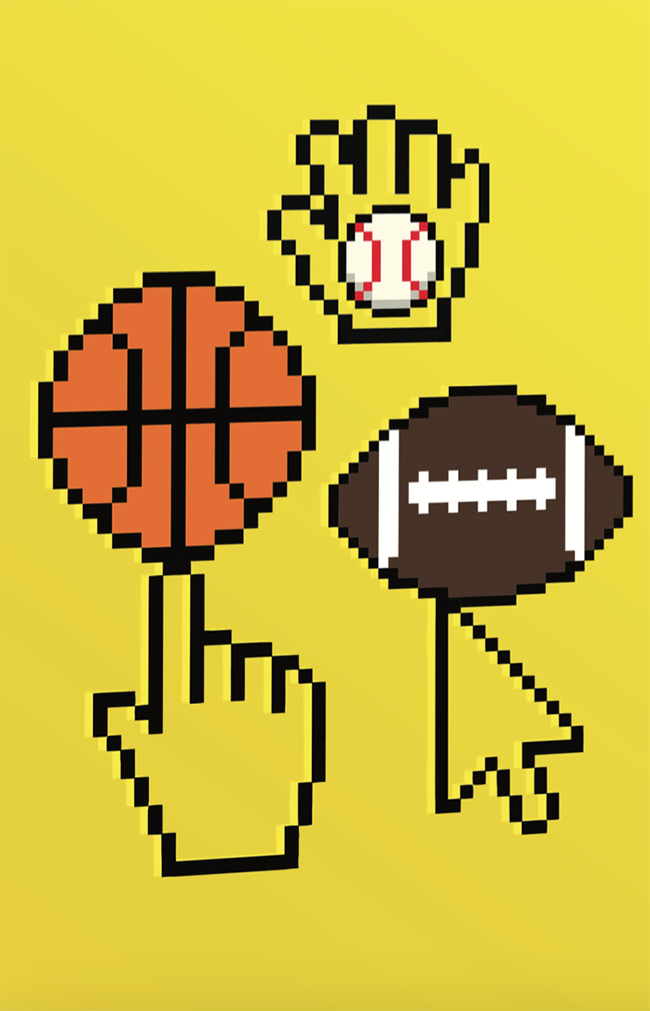ZEITGUIDE TO YOUTH SPORTS

Drive by any local park this weekend and you’ll see scores of kids fielding grounders, passing soccer balls or toting their lax spoons. Those kids, along with some 30 million others, are part of the $9 billion (and growing) industry of organized youth sports.
But here’s an interesting twist: fewer kids today play more than one sport. Instead of playing soccer in the fall, basketball in the winter and baseball in the springtime, it’s soccer in the fall, indoor soccer in the winter and back on the soccer field in the spring. Oh, and don’t forget about soccer camp in the summer.
The belief is that honing one set of skills might earn your kid a spot on a coveted “travel team,” high school varsity squad and, finally, the prize of a college scholarship.
With the cost of equipment and rising fees, there’s also an economic incentive to stick to one sport. As schools commit less money to after-school activities, the costs ($375 on average per kid per sport in high school) get passed on to parents. This contributes to an athletic opportunity gap. A report from Project Play found that 38% of kids from homes with $25,000 or less in household income played team sports in 2015, while that figure was 67% for kids from homes with over $100,000 in household income. The cost to play may also be a factor in another trend: fewer athletic scholarships are now being awarded to first-generation college students.
Evidence is mounting that specializing too young has downsides. Whether because sports become too competitive or simply stop being fun, the fact is 70% of kids stop playing competitive sports by the age of 13. The ones that keep playing are facing historically high rates of injury, often attributed to the overuse of specific muscles.
Some also suggest that specialized instruction—think batting practice—is making young athletes less adept. “There are certain processes and fundamental aspects of baseball that can more inherently be learned in backyard play,” Rick Riccobono, chief development officer for U.S.A. Baseball, told The New York Times. “But when have you driven around lately and seen kids playing catch for fun?”
Playing multiple sports helps younger kids develop divergent skills that make them better at whatever sport they focus on as teens. But most of all, it may be best for kids’ long term enjoyment for the sports they play.
“Some parents try to specialize early and buy the 10,000 hours thing, but I think that’s a mistake. For me, it’s about a kid’s love for the sport,” says former NBA point guard and avid soccer player Steve Nash. “One way to keep them loving it is to play other sports.”
